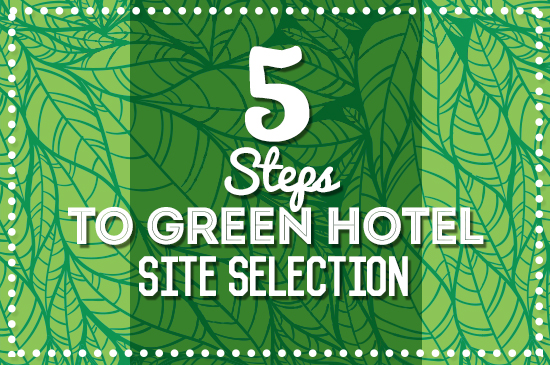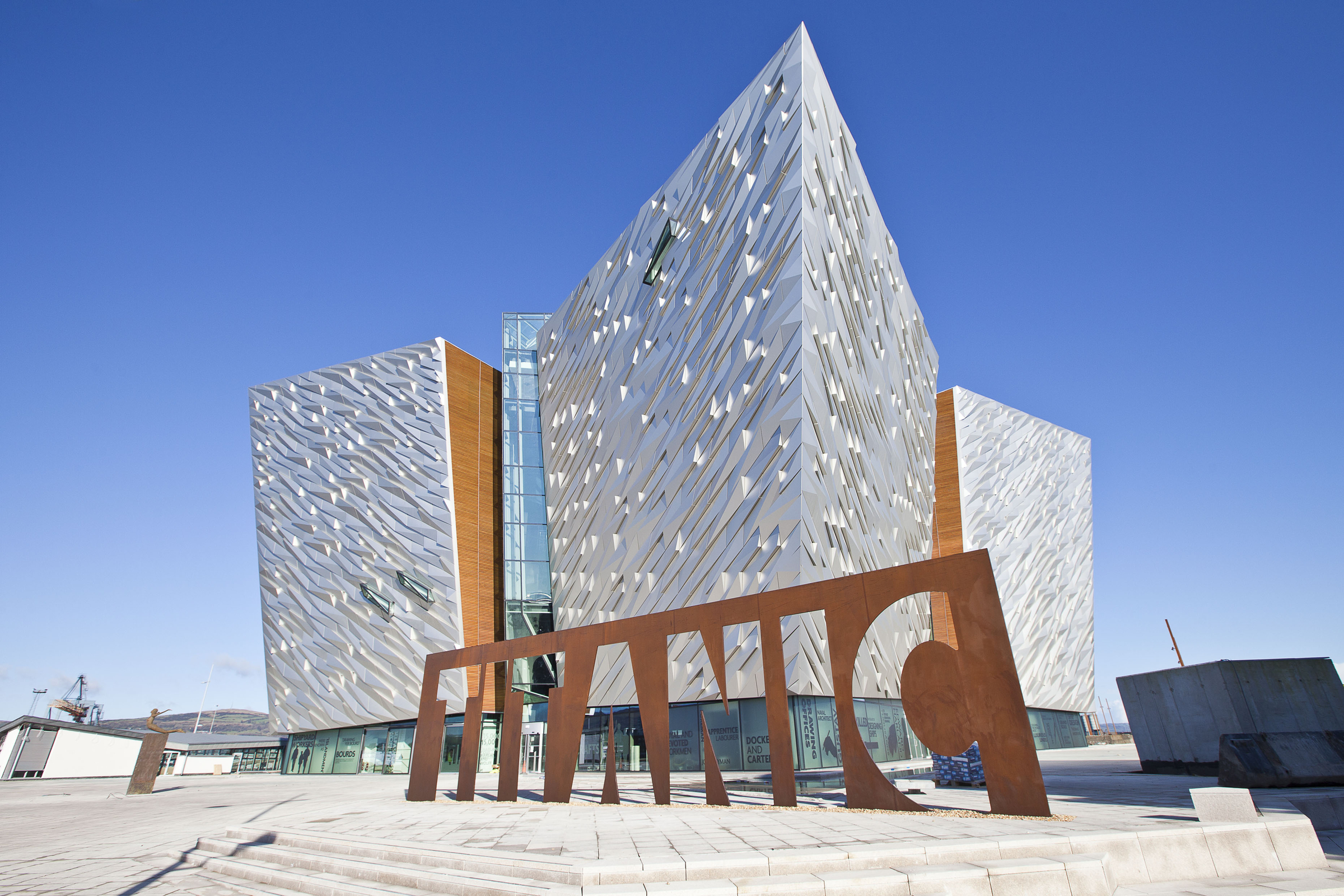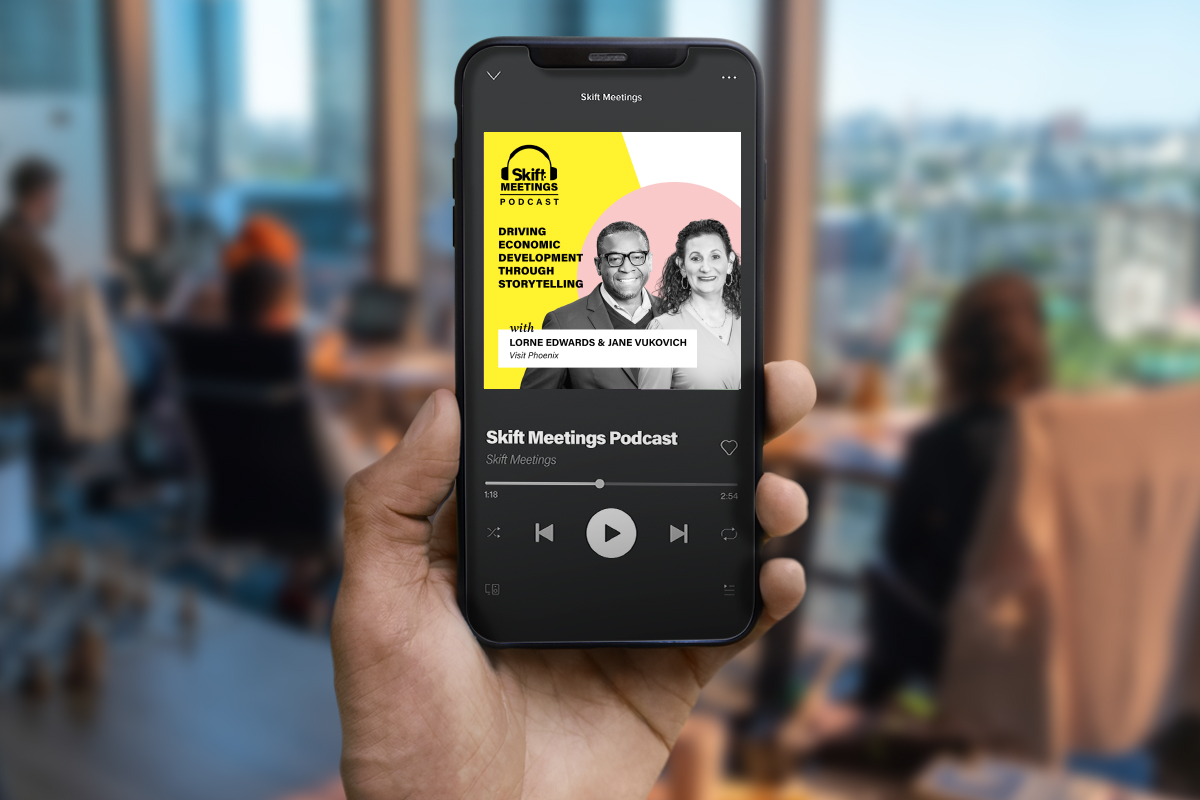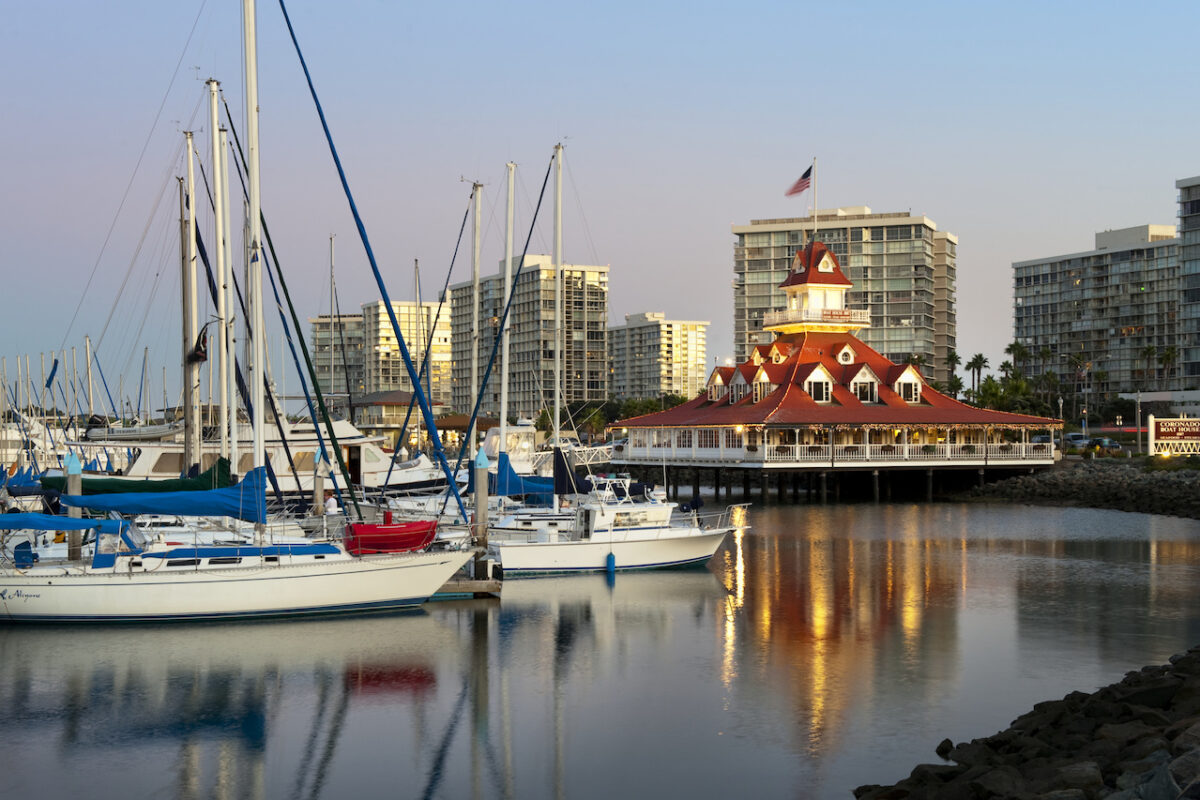Skift Take
Event planners are used to “Triple A” site selection: looking for accessibility, availability and affordability. But what do you look for when you want to host an event that prioritizes sustainability? The following blog post provides a few steps you can consider to integrate sustainability into hotel site selection.
STEP 1: Clarify How Much it Matters
While we’d all prefer to keep sustainability top-of-mind, the truth is a lot of priorities come into play when siting an event. It’s therefore important to try to assess how much sustainability will factor into your decisions at the outset.
– Is it a need to have, weighing heavily in your decision?
– Is it a nice to have, only becoming a deciding factor once other priority criteria are met?
– Are some sustainability items required, while others are negotiable?
Whatever the case may be, be clear about your intentions. And inform hotels how you will consider the information in an honest way. That way they know how much time to invest in the topic in order to win your business. A possible clause in your RFP might read:
“XYZ organization uses a points-based system to assess proposals. We will reward up to 15% bonus points to your proposal based on your ability to deliver the following minimum sustainability requirements for our event, and propose other sustainability services that exceed these requirements.”
STEP 2: Narrow Down the List
Whether sustainability is a need to have, or nice to have, it can help to filter short-listed properties for those that have a sustainability credential. This might include prioritizing properties that have a sustainability-oriented certification or management system in place already, such as:
– LEED®
– ISO 14001, ISO 26000 or ISO 20121
– Green Key
– Green Seal
– Earth Check
– Green Hotels Global
STEP 3: Check Onsite
Prepare a checklist of things to look for when you visit the property. Or better yet, integrate these items into existing checklists so sustainability is embedded in the review process, rather than treated like an additional checklist. Consider bringing a camera with you, especially if you will be visiting a lot of properties. This will help you remember what was in place after a long day of inspections. Things to look for may include:
In guest rooms:
– Occupancy sensors, such as a key card slot near the door which activates lights and climate control.
– Lightbulbs, such as CFLs or LEDs.
– Guest room green card, providing linen reuse and/or recycling instructions.
– Amenities, ideally in bulk or recycled content and recyclable packaging. Ask if amenities are donated if gently used.
– Waste bins, including a clearly marked recycling bin.
– Coffee station, including reusable cups, certified coffee and minimally packaged items. If to-go cups are provided ensure that they are not made of polystyrene.
– Drinking glasses, ideally made of reusable or recyclable materials.
– Low flow shower heads and toilets. Look for gallons per flush or minute, which may be labeled on hardware itself, or can be requested from the engineering department.
– Bathroom papers made of recycled content fiber, which may be labeled on wrapping.
– Accessibility elements in applicable rooms, such as grab bars, roll-in showers and amenities at appropriate heights for those in wheelchairs.
– Safety information, smoke detectors and signs outlining evacuation routes.
In event space:
– Water stations, ideally using enclosed bubblers to minimize water waste, rather than individual bottles.
– Pens, pads, candy out-of-sight or in a central location, rather than pre-set at each seat.
– Waste bins, including a clearly marked recycling bin.
In lobbies:
– Guest communications, such as signage at check-in or in elevators about green practices.
– Waste bins, including a clearly marked recycling bin.
– Transit or walking information at concierge or information desks.
In food outlets:
– Food packaging is visibly reduced, avoiding individually packaged sugar, cream, butter, pastries, fruit, jam and cereals.
– Disposable service ware is eliminated or minimal, using durable items to the greatest extent possible and avoiding polystyrene.
– Sustainable food choices are offered, such as vegetarian, vegan, seasonal and locally-sourced selections.
Back-of-house:
– Recycling room, taking note of which materials are recycled (cardboard, paper, metal, plastic, glass, e-waste, crates, etc.)
– Green team communications, such as bulletin boards, training materials and recycling signage.
– Workplace health and safety, including first aid kits, smoke detectors and fire extinguishers and posted occupational safety and health information.
Take your onsite visit a step further by scoring what was in place at each property. You may want to keep it simple and score a point for each item that you saw was in place, and a half-point for something that wasn’t in place, but the property was in the process of implementing or would be willing to do. If you want to be even more thorough you could give more important items more points. For example, if your group is very concerned about water, you might want to weigh things like low-flow toilets and showers and linen reuse more heavily. This will allow you to better compare where each property stands in a measurable way. And can also be used to give feedback on why a property may or may not have been selected.
STEP 4: Follow-up After Your Site Visit
If you are serious about contracting, follow through after your site visit and request proof of a few key things that you would not have seen during your visit. If these are not easily provided, it’s a sign that you might need to add expectations related to them in the contract, to ensure they happen.
– Policy – Make sure to request one for the property itself. While a corporate policy for a chain is helpful, it does not reflect everything that may or may not be in place at the hotel you’re considering.
– Performance tracking and audits – Properties that are serious about sustainability will typically have a way to measure and audit energy use, water use and waste production. They may even be able to use that information to help you measure the footprint of your event. So ask if a sample report or current benchmarks are available (such as current waste diversion and improvement goals).
– Purchasing guidelines – Inquire if there is a purchasing policy for hotel goods and if a copy might be provided.
STEP 5: Integrate into Decision Making
Equipped with information acquired through the above steps, the time has now come to make a decision. In doing so, recall the intention you set out in Step One, and follow through on that, or reassess if the situation has evolved. In rewarding your business be clear about the role sustainability information and practices played, and reinforce any minimums in your contract. For those who did not earn your business, consider providing feedback on why, particularly if sustainability was a deciding factor.
In Conclusion
Integrating sustainability into site selection is hands-down the best way to make green event planning easier, less expensive and more systematic. It establishes expectations up-front, and can leverage more for your event where suppliers know they are competing on the basis of sustainability value-adds. It also prevents green expectations coming up out of the woodwork late in the game, which can lead to disappointment for planners and frustration for hotels.





